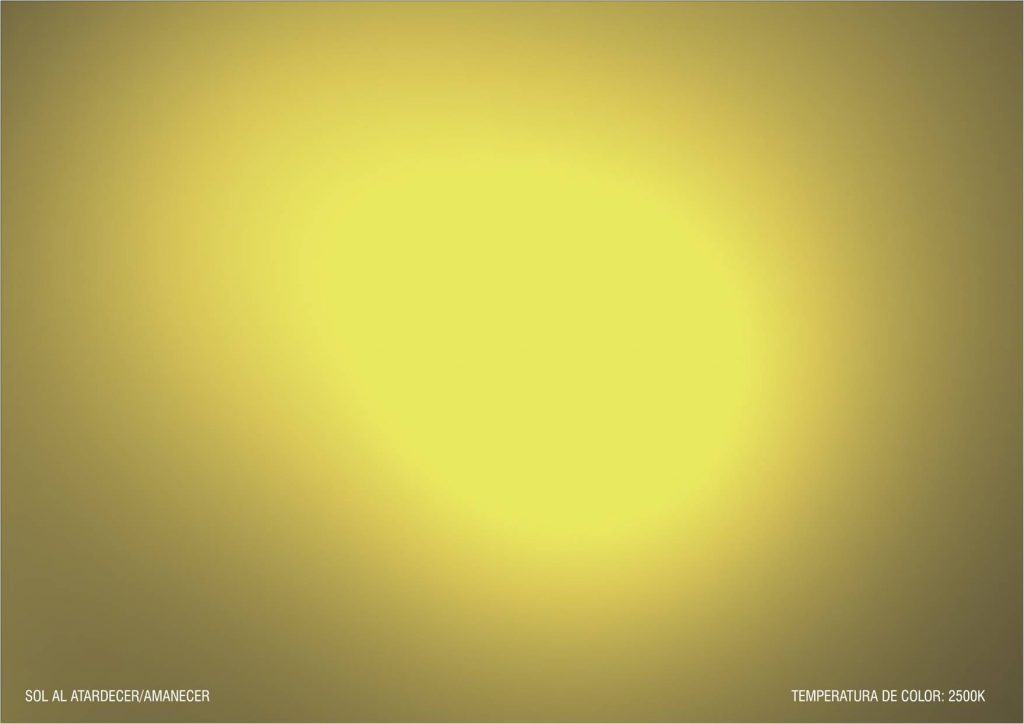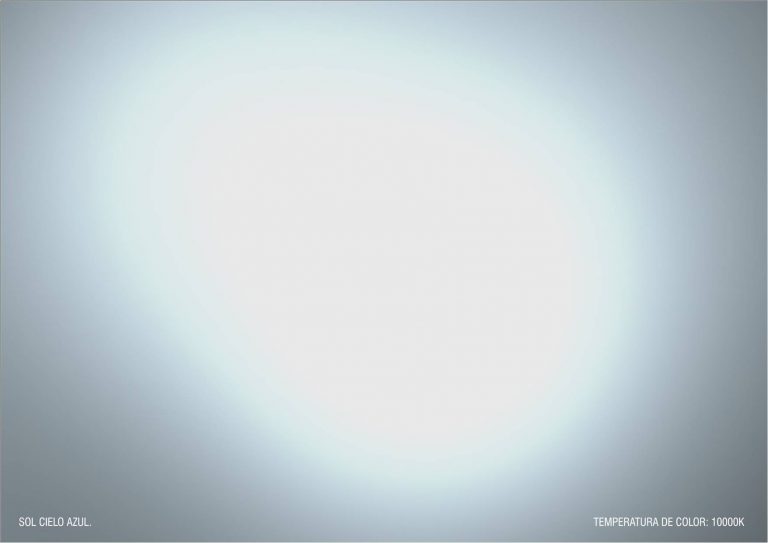HUMAN CENTRIC LIGHTING
*Ricardo Morcillo
No es una moda, es una necesidad.
Hace más de una década que fuimos conocedores a través de diversos estudios e investigaciones sobre la posibilidad de simular de forma artificial las diferentes temperaturas de color emitidas por la luz del sol a lo largo de un día, las primeras luminarias se abrían paso en la denominada luz biodinámica. Sin duda esta noticia supuso un gran avance conceptual y tecnológico que abría nuevos caminos en el terreno de la iluminación, ofreciendo nuevas posibilidades enmarcadas en un contexto social vez más preocupado por la salud y bienestar del ser humano.
El principal problema más allá de la calidad y precisión de simulación de las primeras luminarias era su elevado precio, que convertía casi en una utopía su adquisición e instalación. Hoy día el avance vertiginoso de la tecnología LED y su mejora constante de rendimiento lumínico nos abren la posibilidad de encontrar en un mercado cada vez más competitivo luminarias capaces de emitir fielmente y de forma progresiva los cambios de temperatura de color que discurren durante un día entre el amanecer y atardecer.
Como sabemos su principal aplicación está destinada lugares de trabajo donde exista un déficit de luz solar, bien por su ubicación geográfica o por las características espaciales de dichos lugares desprovistos de luz natural. Más importante que el aumento del 10% en la productividad de los trabajadores, se ha demostrado que estas aplicaciones de iluminación favorecen el bienestar y mejoran la salud del ser humano, utilizándose hoy día en hospitales y residencias de la tercera edad.
*Ricardo Morcillo
It is not a fashion, it is a necessity.
For more than a decade we were knowledgeable through various studies and research on the possibility of artificially simulating the different color temperatures emitted by sunlight over a day, the first luminaries made their way into the so-called biodynamic light. Undoubtedly this news was a great conceptual and technological breakthrough that opened new paths in the field of lighting, offering new possibilities framed in a social context once more concerned with the health and well-being of the human being.
The main problem beyond the quality and precision of simulation of the first luminaires was their high price, which made their acquisition and installation almost utopian. Nowadays the vertiginous advance of the LED technology and its constant improvement of luminous performance open us the possibility of finding in an increasingly competitive market luminaires capable of faithfully and progressively emitting the color temperature changes that occur during a day between the sunrise and sunset.
As we know, its main application is for workplaces where there is a deficit of sunlight, either because of its geographical location or because of the spatial characteristics of those places devoid of natural light. More important than the 10% increase in worker productivity, it has been shown that these lighting applications favor wellbeing and improve the health of the human being, being used today in hospitals and homes for the elderly.


La continua exposición ante un mismo tipo de luz durante horas produce una desregulación de nuestras hormonas neuronales y por tanto de nuestro ciclo circadiano, lo que conlleva una sensación de cansancio generalizado que perjudica nuestro rendimiento diario y por tanto nuestra salud. Otro ejemplo de aplicación de la luz biodinámica son los centros educativos, donde se ha demostrado una mejora el rendimiento del alumnado en un 15%. Además, no debemos olvidar los significativos ahorros energéticos de estos edificios de alto consumo energético.
Es muy importante que seamos conscientes de la necesidad de incorporar mecanismos que permitan y hagan compatibles la mejora de nuestra calidad de vida y actividad laboral. Hoy día la aplicación de estos mecanismos se denomina “Human Centric Lighting”, y abarca tanto al espectro visible (optimizando nuestra visión al plano de trabajo) como al invisible (efectos biológicos en nuestra salud).
Como profesionales de iluminación tenemos la responsabilidad de estar en constante evolución, de investigar y aplicar los avances que nos ofrece la tecnología para mejorar nuestro hoy y abrir puertas para el mañana.
The continuous exposure to the same type of light for hours produces a deregulation of our neuronal hormones and therefore our circadian cycle, which leads to a feeling of generalized fatigue that hurts our daily performance and therefore our health. Another example of application of biodynamic light are educational centers, where an improvement in student performance has been shown by 15%. In addition, we must not forget the significant energy savings of these buildings of high energy consumption.
It is very important that we are aware of the need to incorporate mechanisms that allow and make compatible the improvement of our quality of life and work activity. Today, the application of these mechanisms is called «Human Centric Lighting», and covers both the visible spectrum (optimizing our vision to the work plane) and the invisible (biological effects on our health).
As lighting professionals we have the responsibility to be in constant evolution, to investigate and apply the advances that technology offers us to improve our today and open doors for tomorrow.

